Progress sparks debate over how artificial brains will be used
Imagine a new science fiction movie: a fragment of human brain tissue begins to self-organize in a dish—and it’s happening in countries all across the world. Human brain organoids (HBOs) are grown in labs and recreate the function of a human brain. These organ-like structures offer immense potential for future medical research but also pose concerns for ethical violations. This article will explore HBO’s possible benefits, ethical concerns, and risks that scientists should consider before advancing research (1).
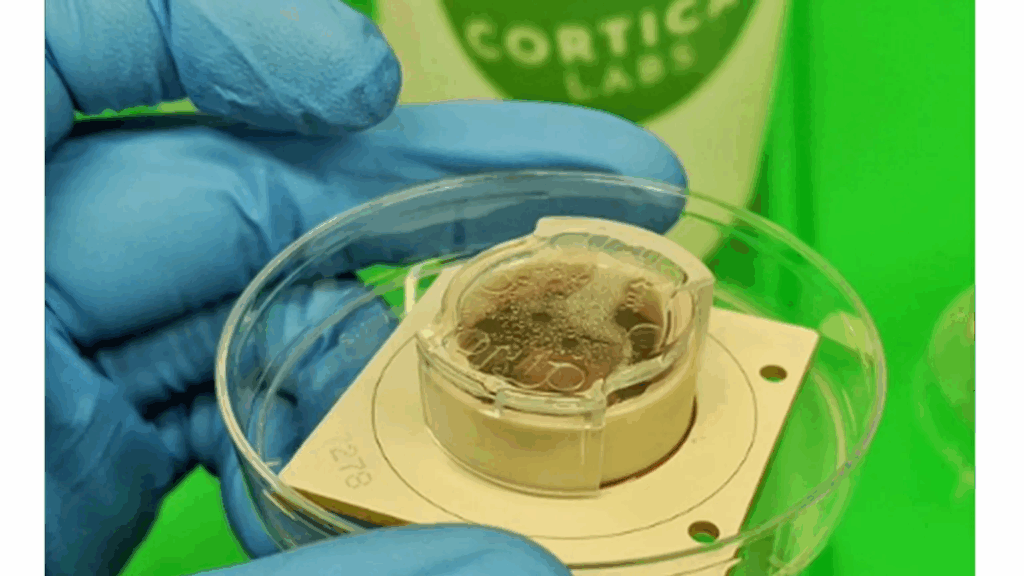
Lab-grown brains that learned to play the 1972 video game, Pong.
Scientists at the Princess Maxima Center and Hubrecht Institute in the Netherlands have made strides to replicate healthy brain tissue to study how diseases infiltrate the brain. When scientists took small pieces of fetal brain tissue and transferred them to a petri dish, brains the size of grains of rice formed (2). These samples contain radial glia, a specialized cell that establishes brain region boundaries and provides a framework for cells, as well as several types of proteins. With these two essential parts of the HBOs, scientists can gain insight into how the developing brain shapes the role of cells (1).
Lab-grown brains play a key role in disease research of brain disorders like Alzheimer’s disease, Parkinson’s disease, and brain tumors. Rather than undergoing human trials and animal testing, research trials could be conducted on HBOs. Then, new therapies could be developed using a method with a smaller risk for living subjects.
All of these positives make lab-grown brains seem great, but many ethical concerns accompany them. One risk is “overhyping” (2). Many studies published in scientific journals and on the internet generate excitement in other researchers and the public. The media can also spread disinformation and exaggerate findings in order to generate more views. As a result, the public can create unreasonable expectations, and patients with neurological conditions can develop false hope for a process that might take decades to fully develop (3).
Profitable motives are another ethical concern to keep in mind. The HBOs that will be used for commercial drug development could either be targeted at the general public or private profit. Ethical guidelines need to be put in place in order to ensure fair access for patients in need of new treatment methods and innovations in tumor and cerebral disease technology. Additionally, imperatives on fair pay and the protection of the brain tissue donors are also necessary to be put in place (5).
Additionally, should we view these artificial brains as human beings? HBO models are created in a way that they might as well deserve legal recognition, as acknowledged by the government of the lab they were grown in (2). Another alarming question is, “How do we define consciousness?” While it isn’t likely that these brains will function without the help of scientists, the possibilities in the instance that consciousness does occur are limitless: biocomputing (training neurons), modeling interactions between different brain areas, and more research on neurological disorders, to name a few (4).
Another uncertainty is the classification of HBOs as “objects” or “subjects”. “Subjects” are defined as living entities with consciousness, while objects are defined as inanimate objects that can only be used for a specific purpose. The “object” in this instance is not attached to a body, so it cannot be defined as a subject. However, HBOs are associated with people and bodies. This correlates with the term “minibrains,” as coined by Dutch scientists specializing in HBOs, but there is still an ongoing conversation in the scientific community about whether a more scientific word should be used (5).
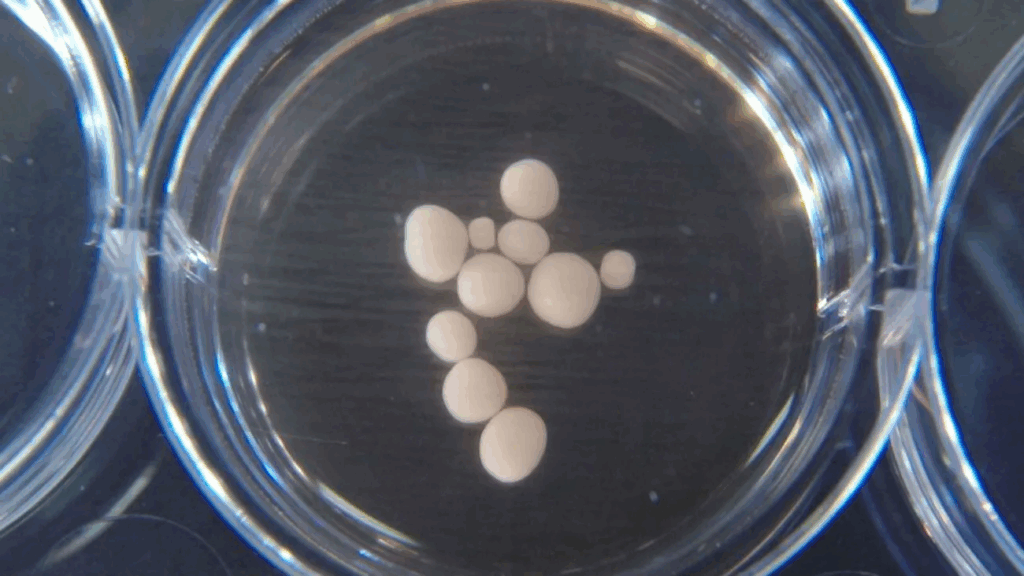
10 month old organoids around the size of a pea.
At the end of the day, the fate of human brain organoids lies in the hands of humans. Although they have much promise for drug development, disease treatments, and therapies, with much promise comes even greater responsibility. While the brains cannot speak for themselves, it is up to our moral and ethical values to determine how we should classify these lab-grown brains. Down the line, if we do start to treat reformed tissue as a living entity, what other scientific innovations can be considered, human? As new questions arise, the decision of the scientific community must make have the power to shape the future of neuroscience as well as humanity.
Works Cited
- Sara Reardon,. “Can Lab-Grown Brains Become Conscious?” Scientific American, 2001, www.scientificamerican.com/article/can-lab-grown-brains-become-conscious/.
- Lavazza, Andrea, and Alice Andrea Chinaia. “Human Brain Organoids and Their Ethical Issues.” EMBO Reports, 15 Dec. 2023, https://doi.org/10.1038/s44319-023-00007-3
- Storey, Denis. “Dutch Scientists Grow Mini-Brains in the Lab.” Psychiatrist.com, 10 Jan. 2024, www.psychiatrist.com/news/dutch-scientists-grow-mini-brains-in-the-lab/.
- Li, Yang, et al. “Advances and Applications of Brain Organoids.” Neurosci. Bull, vol. 11, no. 39, 24 May 2023, https://doi.org/10.1007/s12264-023-01065-2.
- Hartung, Thomas, et al. “Brain Organoids and Organoid Intelligence from Ethical, Legal, and Social Points of View.” Frontiers in Artificial Intelligence, vol. 6, 5 Jan. 2024, https://doi.org/10.3389/frai.2023.1307613.
Images

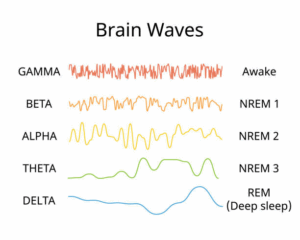
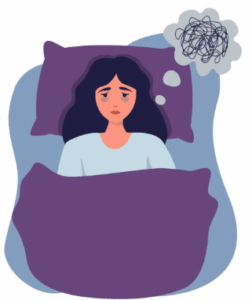

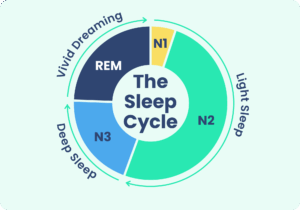

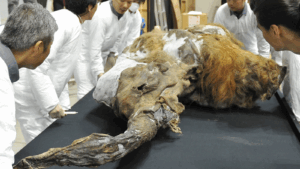

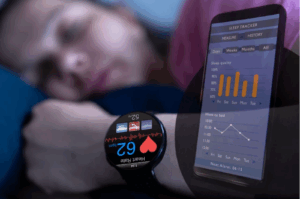
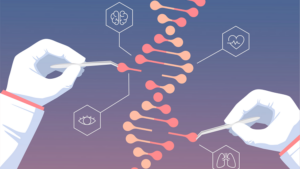
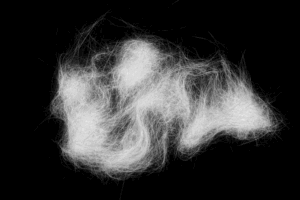

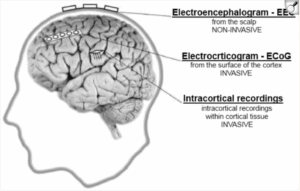
Comments are closed.